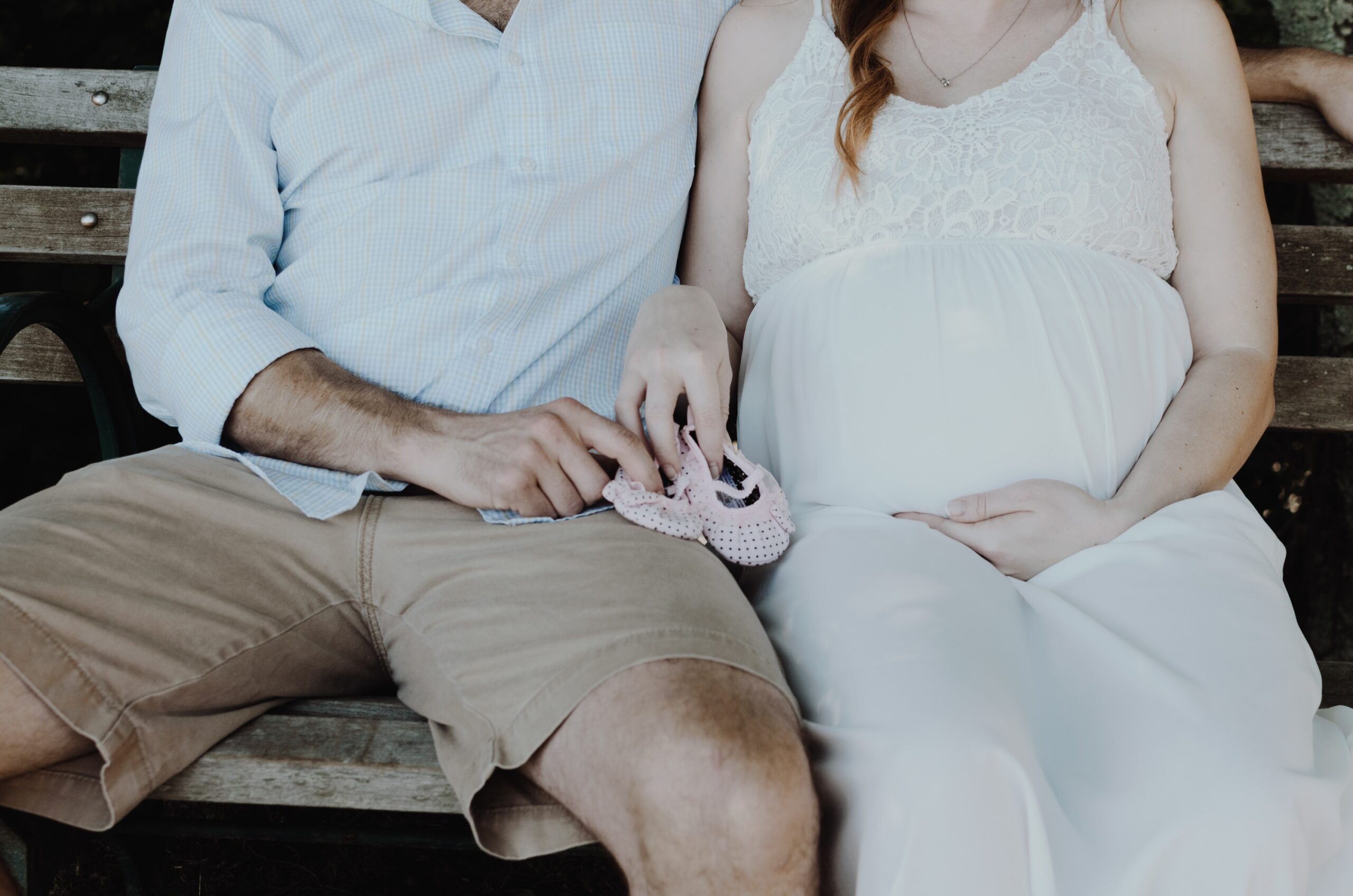
Is There A Link Between Pregnancy And Increased Lower Back Pain?
Pregnancy is a beautiful journey that brings immense joy and anticipation, but it can also come with its fair share of discomforts. One of the most common complaints among expectant mothers is lower back pain. From the moment you see those two pink lines on a pregnancy test, you might start to wonder if there is a connection between pregnancy and increased lower back pain. In this article, we will explore exactly that, shedding light on the reasons behind this discomfort and offering some helpful tips to alleviate the pain. So, sit back (or as comfortably as you can) and let’s unravel the mystery of pregnancy-related lower back pain.
Understanding Pregnancy-related Lower Back Pain
What is pregnancy-related lower back pain?
Pregnancy-related lower back pain refers to the discomfort or pain experienced in the lower back region during pregnancy. This can vary from mild to severe and can significantly impact a woman’s daily activities and overall well-being.
How common is it?
Pregnancy-related lower back pain is a very common complaint among pregnant women. In fact, up to 80% of pregnant women may experience lower back pain at some point during their pregnancy. It typically occurs in the second and third trimesters when the baby’s weight increases and places more strain on the body.
What are the causes?
There are several factors that contribute to pregnancy-related lower back pain:
Changes in the Body during Pregnancy
Hormonal changes
During pregnancy, the body releases hormones such as relaxin, which helps loosen the ligaments in the pelvic area in preparation for childbirth. However, this hormonal loosening can also affect other joints and ligaments in the body, including those in the lower back, leading to increased vulnerability to pain and discomfort.
Weight gain and shift in the center of gravity
As the pregnancy progresses, women naturally gain weight to support the growing baby. This extra weight places additional strain on the muscles and ligaments in the lower back, causing pain and discomfort. Additionally, the shift in the center of gravity due to the growing belly can alter the posture and put further stress on the lower back.
Postural changes
To accommodate the growing baby, pregnant women often adjust their posture, causing their lower back to arch more than usual. This increased curvature of the spine can lead to strain and pressure on the lower back muscles, causing pain and discomfort.

This image is property of images.unsplash.com.
Impact of Pregnancy on the Lower Back
Increased stress on the spine
The growing baby and expanding uterus place increased stress on the spine, particularly in the lumbar region. This added weight can put excessive pressure on the joints, discs, and muscles of the lower back, leading to pain and discomfort.
Joint laxity and instability
As mentioned earlier, the hormones released during pregnancy contribute to ligament laxity throughout the body. This can result in instability of the sacroiliac joints, which connect the spine to the pelvis. When the sacroiliac joints are not properly supported, it can lead to lower back pain.
Compression of nerves
The growing uterus can compress the nerves in the lower back, leading to radiating pain down the legs. This condition, known as sciatica, can cause significant discomfort and hinder daily activities.
Changes in spinal curvature
The natural changes to the body’s structure during pregnancy can affect the curvature of the spine. The increased weight in the belly pulls the spine forward, causing the lumbar region to flatten and the thoracic region to hyperextend. These changes can contribute to lower back pain.
Risk Factors for Developing Lower Back Pain during Pregnancy
Previous history of back pain
Women who have previously experienced back pain are at a higher risk of developing pregnancy-related lower back pain. Pre-existing conditions, such as herniated discs or spinal abnormalities, can also contribute to increased discomfort during pregnancy.
Multiple pregnancies
Carrying multiple babies puts greater strain on the body, increasing the likelihood of experiencing lower back pain.
Excess weight gain
Excessive weight gain during pregnancy can further burden the muscles and ligaments of the lower back, leading to increased discomfort.
Sedentary lifestyle
A lack of physical activity and a sedentary lifestyle can weaken the muscles that support the spine, making pregnant women more susceptible to lower back pain.
Poor posture
Maintaining poor posture, especially in daily activities such as sitting or standing, can contribute to lower back pain during pregnancy.

This image is property of images.unsplash.com.
Symptoms and Diagnosis
Common symptoms
The symptoms of pregnancy-related lower back pain may vary, but commonly include:
- Dull, aching pain in the lower back
- Shooting or sharp pain in the buttocks or down the legs
- Muscle cramps or spasms in the lower back
- Difficulty standing, walking, or performing daily activities
- Stiffness in the lower back after periods of inactivity
When to seek medical help
It is essential to consult a healthcare provider if the lower back pain becomes severe, radiates down the legs, or is accompanied by other concerning symptoms such as fever, numbness, or loss of bladder control.
Diagnostic tests
To diagnose pregnancy-related lower back pain, healthcare providers will typically conduct a thorough physical examination and inquire about the symptoms. In some cases, additional tests, such as X-rays or MRI scans, may be recommended to rule out other underlying conditions or assess the severity of the pain.
Preventive Measures to Reduce Lower Back Pain during Pregnancy
Maintain a healthy weight
Managing weight gain within the recommended range can help reduce the strain on the lower back. Following a balanced diet and engaging in regular physical activity can aid in maintaining a healthy weight during pregnancy.
Exercise regularly
Engaging in appropriate exercises, such as prenatal yoga, swimming, or walking, can strengthen the back and abdominal muscles, providing better support for the spine and alleviating pain.
Practice proper posture
Maintaining good posture throughout the day can help minimize the strain on the lower back. Sitting with a straight back, using supportive cushions, and avoiding slouching or excessive arching of the spine can all contribute to improved posture.
Use supportive footwear
Wearing shoes with proper arch support and cushioning can help distribute weight evenly and reduce stress on the lower back.
Avoid high heels
High-heeled shoes can throw off the balance and alignment of the body, placing additional strain on the lower back. Opting for low-heeled or flat shoes can provide better stability and reduce pain.
Lift objects properly
Using proper lifting techniques, such as bending the knees and using the leg muscles instead of the back, can minimize strain on the lower back.
Make ergonomic adjustments
Making ergonomic adjustments in the workplace or at home, such as using a supportive chair, placing cushions or pillows for added lumbar support, and maintaining a comfortable working height, can help reduce lower back pain.

This image is property of images.unsplash.com.
Management and Treatment Options
Physical therapy and exercises
Physical therapy can be beneficial in strengthening the muscles around the spine and improving overall body mechanics. A physical therapist can provide specific exercises and techniques to alleviate lower back pain during pregnancy.
Pain relief medications
In cases of severe pain, healthcare providers may prescribe pain relief medications that are safe to use during pregnancy. It is essential to consult a healthcare provider before taking any medications.
Use of supportive devices
Supportive devices, such as maternity belts or belly bands, can provide additional support to the lower back and abdomen, reducing strain and alleviating pain.
Alternative therapies
Alternative therapies, including chiropractic care, acupuncture, or prenatal massage, may provide relief from pregnancy-related lower back pain. However, it is crucial to consult a healthcare provider before starting any alternative therapies to ensure safety during pregnancy.
Safety Considerations and Precautions
Consultation with healthcare provider
Before starting any exercise regimen, using supportive devices, or seeking alternative therapies, it is crucial for pregnant women to consult their healthcare provider. They can provide personalized advice and ensure that the chosen interventions are safe and appropriate for each individual.
Safe exercises and activities
Pregnant women should engage in exercises and activities that are safe during pregnancy. Avoiding high-impact sports, heavy lifting, or activities that require sudden twists or turns can help prevent further strain on the lower back.
Avoiding certain medications
It is essential to avoid certain medications, such as non-steroidal anti-inflammatory drugs (NSAIDs) or strong painkillers, unless prescribed by a healthcare provider. These medications can have potentially harmful effects on the developing baby.

Expert Advice and Tips for Pregnant Women
Maintaining a healthy lifestyle
Eating a balanced diet, staying hydrated, and getting enough sleep are vital components of a healthy pregnancy. These practices can contribute to overall well-being and help manage lower back pain.
Practicing self-care
Listening to your body and taking breaks when needed is crucial during pregnancy. Avoiding activities that exacerbate back pain, practicing relaxation techniques, and using heat or cold packs for pain relief can all contribute to self-care during pregnancy.
Seeking professional help
If lower back pain persists or becomes increasingly severe, it is essential to seek prompt medical attention. A healthcare provider can provide effective management strategies and ensure the well-being of both the mother and baby.
Postpartum Back Pain and Recovery
Causes of postpartum back pain
After giving birth, many women experience back pain due to various factors, including the strain on the body during labor, hormonal changes, and the continued weight and postural changes associated with caring for a newborn.
Recovery measures
Recovery from postpartum back pain often involves gentle exercises, stretching, and strengthening of the abdominal and back muscles. Physical therapy or postpartum exercise programs can provide guidance and support in the recovery process.
The importance of postpartum exercises
Engaging in postpartum exercises can aid in restoring muscle strength, improving posture, and alleviating back pain. These exercises should be performed under the guidance of a healthcare provider to ensure safety and effectiveness.
In conclusion, pregnancy-related lower back pain is a common occurrence during pregnancy, affecting many women. Understanding the causes, risk factors, and preventive measures can help alleviate the discomfort and improve the overall well-being of expectant mothers. By practicing self-care, seeking professional advice, and engaging in appropriate exercises, women can manage and overcome lower back pain during and after pregnancy, ensuring a healthier and more comfortable experience.







